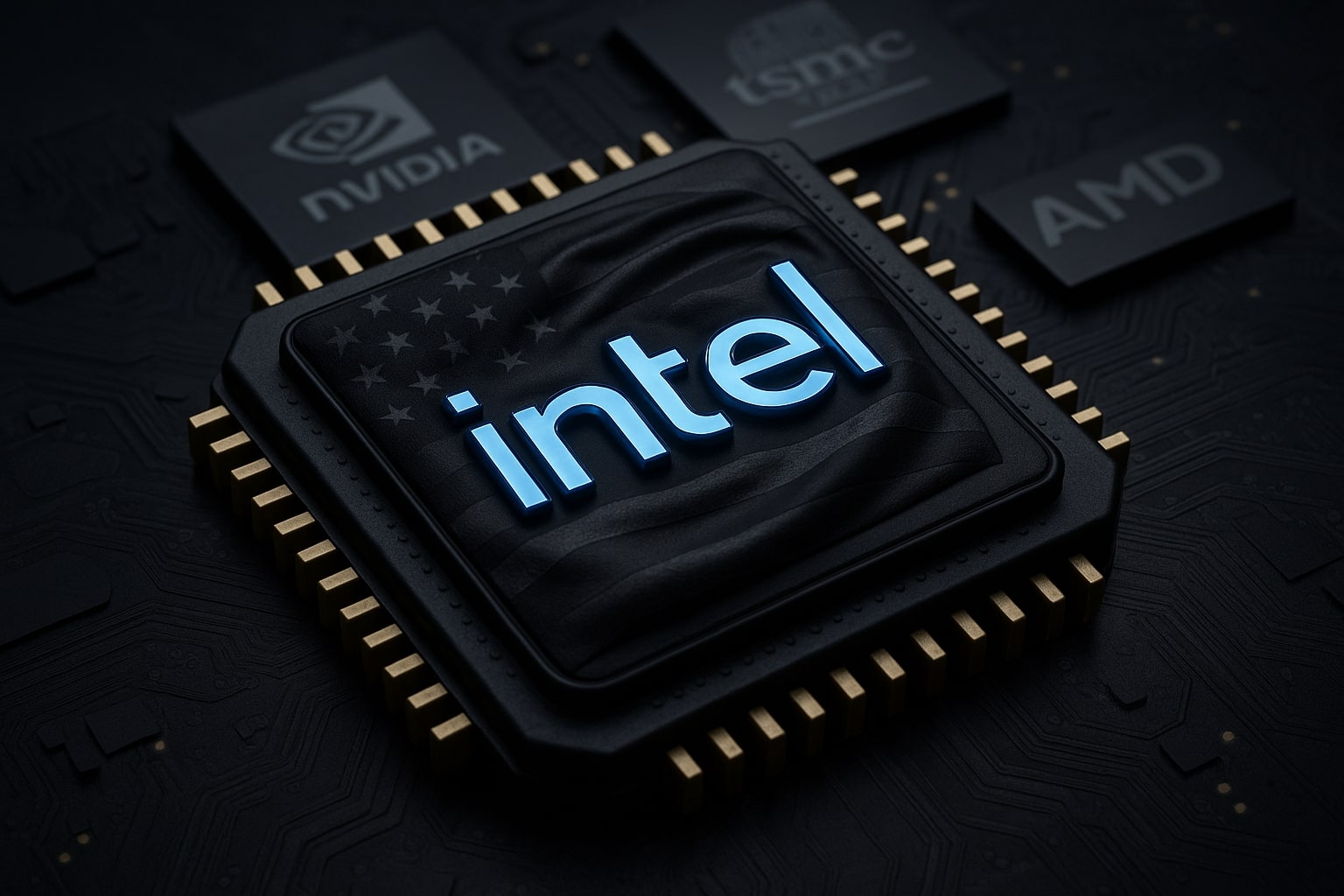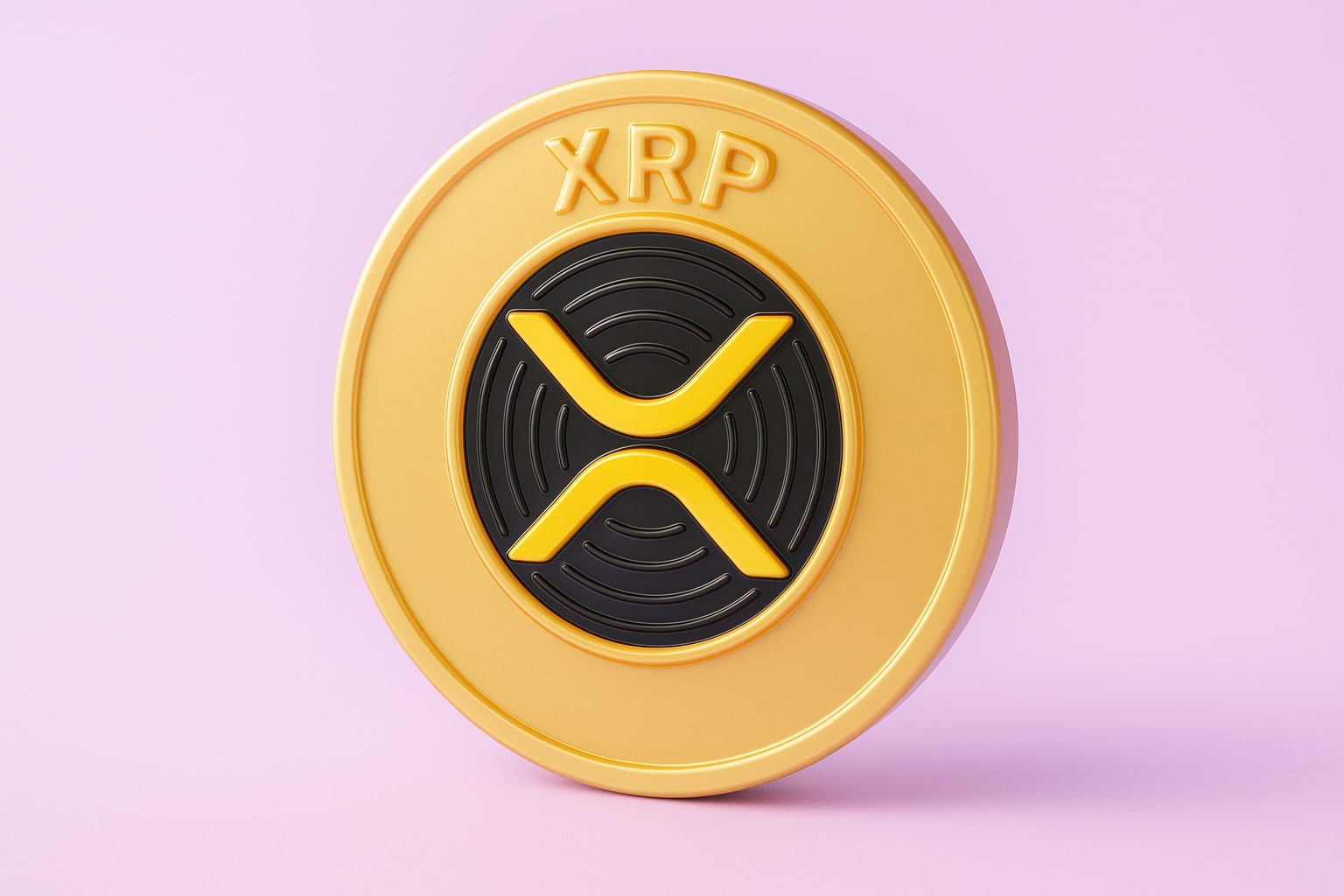Server Market Recovery and Competitive Dynamics
Intel’s server division, once its most profitable arm, is showing signs of revival. After losing significant market share to AMD’s EPYC series, Intel’s share of the x86 server CPU market remains just above 70%, but the gap is narrowing. The Xeon 6 rollout boosts performance and power efficiency, while the Intel 18A process—the company’s most advanced node—prepares the ground for 2026’s Clearwater Forest and Diamond Rapids launches.
Clearwater Forest, rumored to feature up to 288 energy-efficient cores, will focus on density and performance-per-watt, while Diamond Rapids will target higher single-thread workloads with backside power delivery. This dual-strategy allows Intel to compete across both hyperscaler and enterprise markets.
By reallocating production capacity toward data center CPUs and cutting low-margin PC output, Intel expects a Q4 2025 rebound in data center revenue. The company’s pivot echoes the early stages of its 2018 recovery, when it realigned resources toward cloud and networking silicon.
AI Collaboration and Foundry Expansion
Beyond CPUs, Intel’s foundry ambitions are integral to its revival plan. The firm continues to build out Intel Foundry Services (IFS), positioning itself as a U.S.-based alternative to TSMC (NYSE:TSM) and Samsung Electronics (OTC:SSNL.F) amid escalating geopolitical pressure to localize semiconductor supply chains.
The $165 billion federal CHIPS Act and Intel’s Arizona fab expansions directly support this mission. Intel has also integrated ASML (NASDAQ:ASML) lithography tools into its advanced nodes, benefiting from Nvidia’s $5 billion co-investment agreement. This collaboration strengthens its long-term positioning in the AI manufacturing race, giving Intel the rare ability to both design and produce its own advanced chips domestically.
Technical Landscape and Market Behavior
Technically, NASDAQ:INTC trades comfortably above its 50-day moving average of $33.35 and 200-day moving average of $25.76, confirming a medium-term bullish structure. The next resistance sits at $39.00–$42.50, near the 52-week high of $42.47, while strong support lies around $36.00–$36.50. The stock’s beta of 1.31 signals moderate volatility, and its P/E ratio of 3,593.78 reflects the impact of accounting adjustments rather than operating weakness.
Momentum indicators show renewed investor accumulation, with short interest gradually declining. A close above $39.50 could trigger a breakout toward $44, while a dip below $36.50 may attract institutional buy-the-dip entries given the stock’s improving free cash flow profile.
Insider Trends and Institutional Flow
Insider activity, available via Intel Insider Transactions, shows mixed sentiment but increasing transparency. Executive share disposals earlier in 2025 were primarily linked to scheduled option conversions, not discretionary sales. Meanwhile, institutional inflows from pension funds and long-only equity managers have strengthened Intel’s ownership base, mitigating volatility typically caused by short-term funds.
Outlook and Forecast: The AI Reset Gains Traction
Intel’s redefined AI roadmap is beginning to bear fruit. Its integration into Cisco’s AI edge systems, ongoing collaboration with ASML for EUV scaling, and commitment to next-generation architectures such as Clearwater Forest (Xeon 6+) and Diamond Rapids (Xeon 7) reflect a cohesive strategy aimed at regaining relevance in the AI infrastructure supply chain.
While AMD and NVIDIA continue to dominate high-performance training markets, Intel is carving a distinct space in inference and edge domains. Its manufacturing resilience, cost base realignment, and consistent institutional backing create a credible case for sustained value recovery through 2026.
Verdict on NASDAQ:INTC — BUY (Medium-Term Bias: Bullish)
The evidence points to a BUY stance for Intel (NASDAQ:INTC). Revenue growth has turned positive, profitability metrics have surged, institutional ownership remains strong at 64.5%, and new AI and server contracts are reinforcing the narrative of a fundamental turnaround.
Key catalysts include the Q4 2025 data center rebound, Clearwater Forest rollout, and expanding edge AI adoption via Cisco partnerships. Provided Intel maintains cost discipline and capitalizes on the 18A process lead, a price range of $44–$46 is achievable in 2026.
Intel’s transformation from a lagging chipmaker into a strategically diversified AI and foundry powerhouse may still be early—but the structural trajectory now firmly supports renewed investor conviction in NASDAQ:INTC.



















